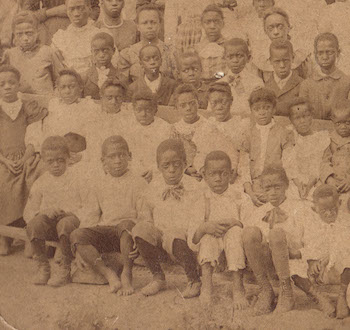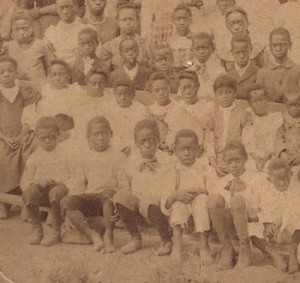
Harford County’s location at the upper edge of a border state that remained loyal to the Union in the War gave the school advantages over similar Freedman’s schools in the ex-Confederate states. Local whites were mostly indifferent to the institution, and thus the school and its supporters avoided the violence that was frequently visited upon schools further south. The school itself, a two-story clapboard structure, was also much more substantial than most rural Freedman’s schools.
The Freedman’s Bureau provided financial assistance to Hosanna, as it did to other schools throughout the South. It provided construction supplies and used lumber, and paid the salaries for the African American teachers.
In 1879 the Harford County Board of School Commissioners took over operation of Hosanna School, making it the first public buy viagra locally school in the county for African Americans. County support, however, was never adequate and never equaled that of similar white rural schools in the area. The building deteriorated from lack of repair and maintenance, and in 1907 the state of Maryland condemned the structure. Hosanna parents, however, continued to support the school, and it remained the educational center for the area’s African Americans until 1946. Youth and adults alike attended classes. For many adults, this was the first opportunity to attend school formally. The school ceased operations after the single teacher, Mrs. Elva Presberry Cain, became ill. Afterward, the children were bused to Kalmia School, a two-room school house for blacks near Hickory, Maryland.
In 1948 local African American residents purchased the school building from Harford County and founded Hosanna Community House, Inc., converting the school site into a meeting house and activity center. In 1954 Hurricane Hazel sheared off the top floor of the building. With limited funds, the local community foundation that supported Hosanna placed a new roof on what remained of the building. Nearly thirty years later, with the help of state funding, building restoration projects began in 1983, and five years later, Hosanna was listed on the National Register of Historic Places. In September 2005, the second floor was restored. Today Hosanna School stands as a tribute to the tenacity and loyalty of the local African American residents and operates as a living museum, featuring exhibitions and public programs that showcase Harford County’s cultural heritage through the lens of African American history.
– See more at: http://www.blackpast.org/aah/hosanna-school-1867#sthash.IptS3K7p.dpuf

